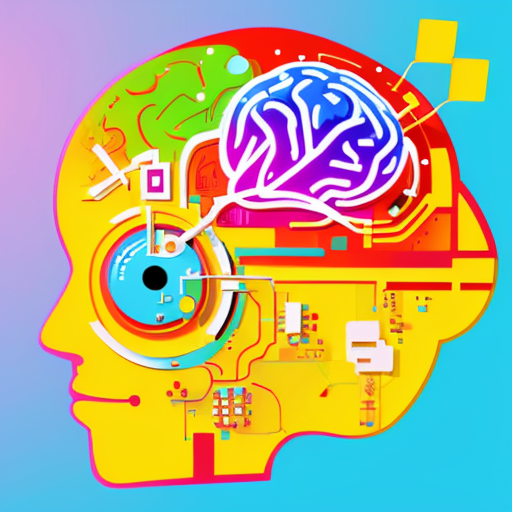
In the rapidly evolving field of radiology, artificial intelligence (AI) is not just a tool but a collaborator, reshaping the dynamics of diagnosis and patient care. On the first order, the answer seemed clear: knowledge workers using AI outperforms those that don’t.
But the literature offers little detail on what happens after you embrace AI. Just with every tool ever existed, it really matters how you use it. As it turns out, it also matters how AI becomes part of your work.
To better understand this partnership, a group of Harvard Business School scholars published a study on business consultants who have, and who have not, opted to adopt GPT-4 in their daily work in spring 2023. There are several interesting conclusions – one of them delve into the analogy of centaurs versus cyborgs, concepts borrowed from mythology and science fiction that provide a vivid framework for the interaction between human intelligence and AI in radiology.
The Centaur in Radiology: Collaborative Detection
The centaur, a mythical creature with the body of a horse and the upper body of a human, represents a collaboration where each party plays to its strengths. Dell’Acqua et al likens an AI aid as the analogy for the horse, whereas the intellectual oversight remains (largely) human. In radiology, this concept translates to scenarios where humans and AI work together, complementing each other’s abilities.
Many CADt, CADe, and CADx products are in this category. Here, AI algorithms can quickly sift through large volumes of imaging data to triage, detect, or diagnose, creating preliminary results. A prime example of this in radiology is pulmonary nodule detection. A detection algorithm may identify potential pulmonary nodules and present a preliminary list for radiologists to review.
In this centaur approach to Radiologist/AI symbiosis, the AI algorithms utilize their speed and efficiency to handle time-intensive tasks such as initial detection, while the human radiologist leverages their expertise to make final diagnostic decisions. This collaborative effort enhances both efficiency and accuracy, allowing radiologists to focus on oversight and critical thinking, while algorithms handle routine and repetitive tasks.
The Cyborg in Radiology: Intertwined Workflow
The integration of organic and biomechatronic parts in a single being, known as a cyborg, signifies a closer relationship between humans and AI in radiology. In this scenario, AI is not just a tool but an essential component in the decision-making process, enhancing human capabilities in real-time.
A non-medical example of this is autocomplete, where the algorithm doesn’t aim to approximate the truth but instead makes the human task easier. Similarly, in radiology, the cyborg approach involves AI augmenting the radiologist’s abilities rather than making independent decisions. This approach makes tasks more manageable and precise for the radiologist.
For instance, on-demand lesion measurement relies on the human to initiate the first step, and then AI enhances the measurement process. Similarly, chest CT vessel subtraction postprocessing is designed to expedite and improve the accuracy of downstream human interpretation, rather than generating a preliminary detection or diagnostic report.
The Future of Artificial Intelligence: A Harmonious Blend
Why this centaur and cyborg differentiation matter is they represent different paths for integrating AI into radiology.
While the centaur model promotes a collaborative yet distinct role between human and AI, the cyborg approach envisions a future where decision-making and task execution are inseparably linked between the two. It is not one or the other – different tasks will require a blend of both constructs. (A cybernetically enhanced centaur?)
And therein lies the consistent message for high-complexity knowledge workers once again. In navigating the future of radiology, the focus should remain on leveraging AI to complement and augment human skills, rather than viewing each as a competitor.
As we venture further into this new era of radiology, the symbiotic relationship between radiologists and AI will undoubtedly become more sophisticated. The centaur and cyborg analogies offer a useful lens through which to view and understand these evolving dynamics, highlighting the potential for greater collaboration, innovation, and improved patient care.




Pingback: Embrace FDA's GMLP Guidelines to Integrate AI in Radiology: